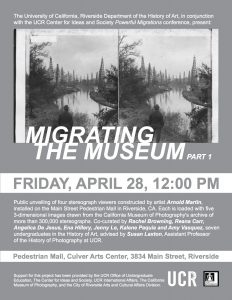 The University of California, Riverside Department of the History of Art, in conjunction with the UCR Center for Ideas and Society Powerful Migrations conference, present:
The University of California, Riverside Department of the History of Art, in conjunction with the UCR Center for Ideas and Society Powerful Migrations conference, present:
Migrating the Museum Part 1
FRIDAY, APRIL 28, 12:00 PM
Public unveiling of four stereograph viewers constructed by artist Arnold Martin, installed on the Main Street Pedestrian Mall in Riverside, CA. Each is loaded with five 3-dimensional images drawn from the California Museum of Photography’s archive of more than 300,000 stereographs. Co-curated by Rachel Browning, Reana Carr, Angelica De Jesus, Ena Hillery, Jenny Le, Kalene Paquia and Amy Vasquez, seven undergraduates in the History of Art, advised by Susan Laxton, Assistant Professor of the History of Photography at UCR.
Pedestrian Mall, Culver Arts Center, 3834 Main Street, Riverside
Support for this project has been provided by the UCR Office of Undergraduate Education, The Center for Ideas and Society, UCR International Affairs, The California Museum of Photography, and the City of Riverside Arts and Cultural Affairs Division.

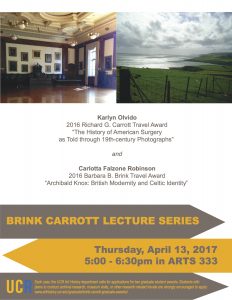 Brink Carrot Lecture Series presents:
Brink Carrot Lecture Series presents: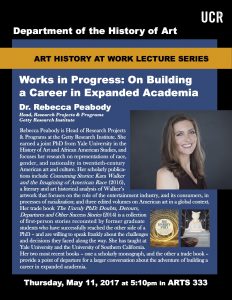 On Building a Career in Expanded Academia
On Building a Career in Expanded Academia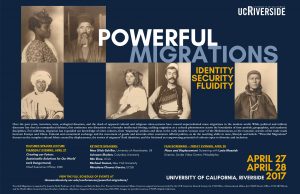
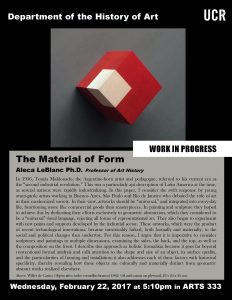 The Material of Form: Concrete Art during the Second Industrial Revolution
The Material of Form: Concrete Art during the Second Industrial Revolution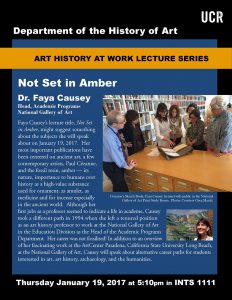 Not Set in Amber
Not Set in Amber